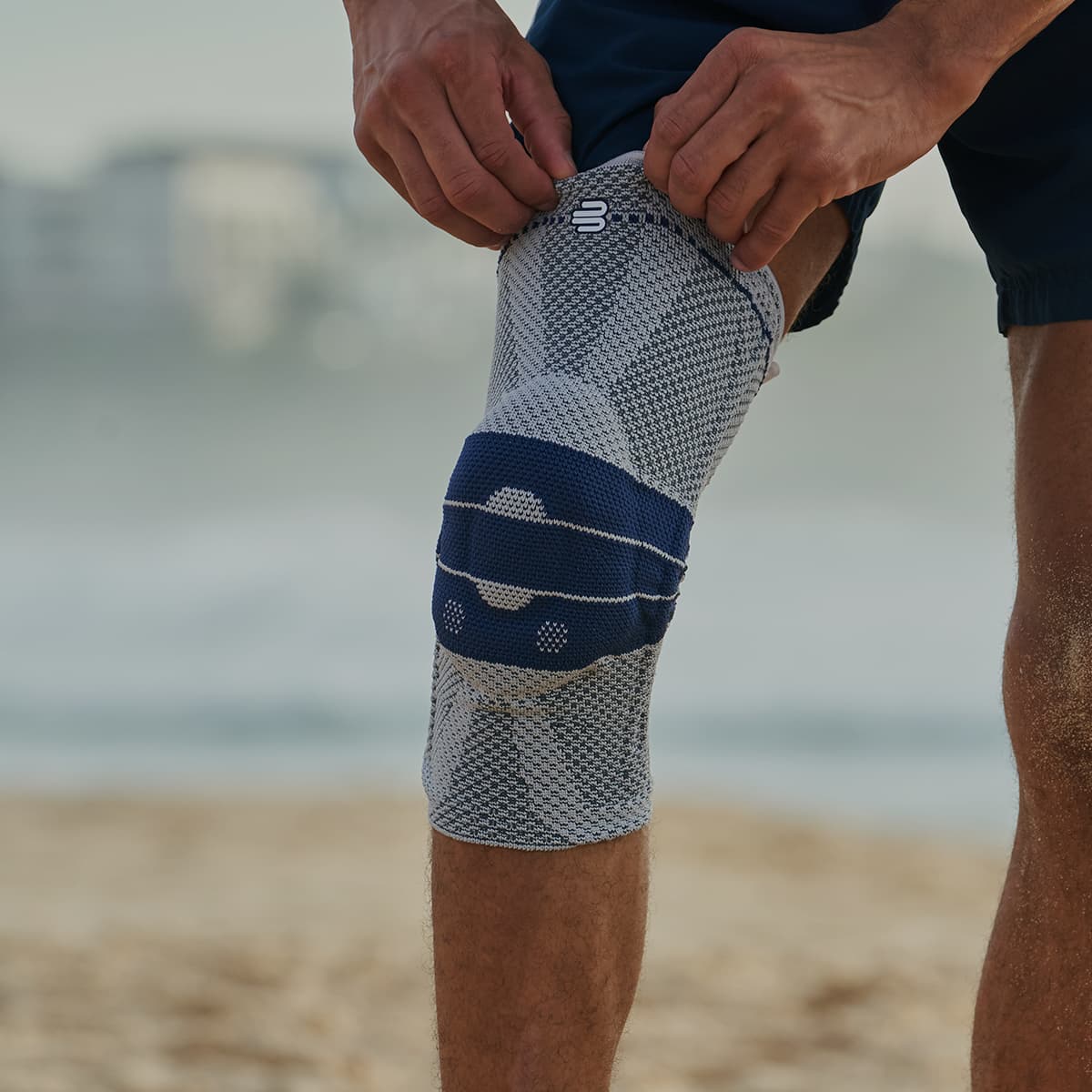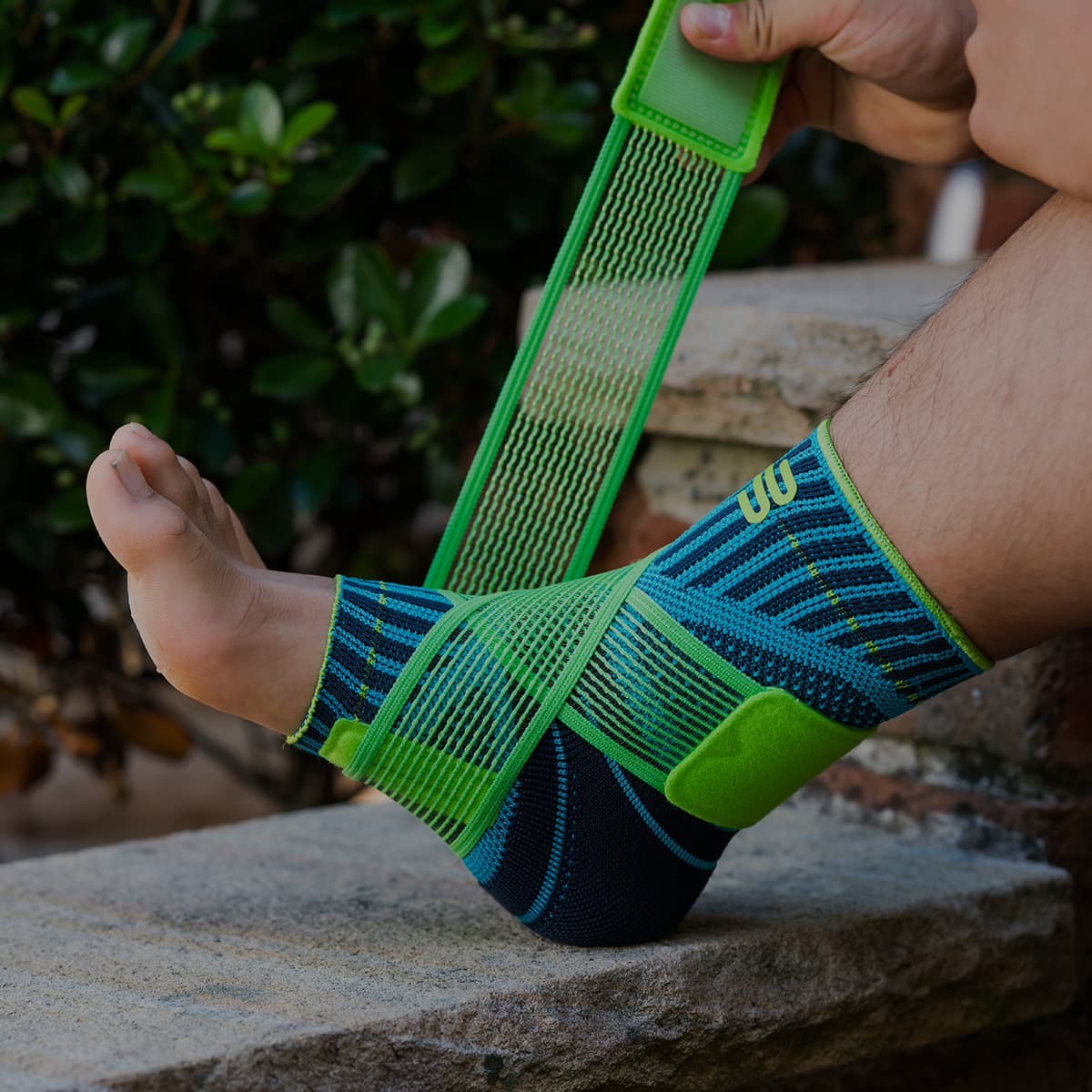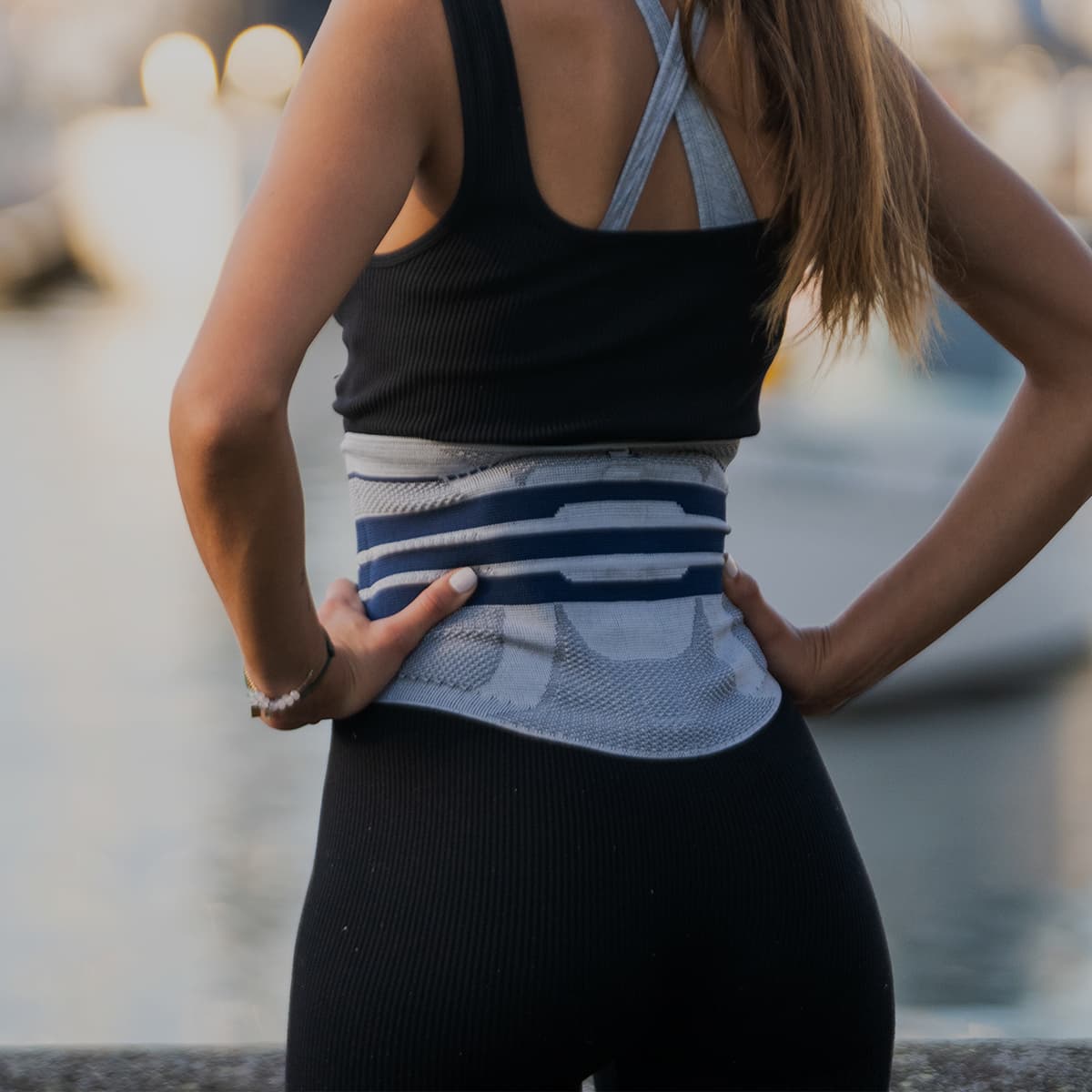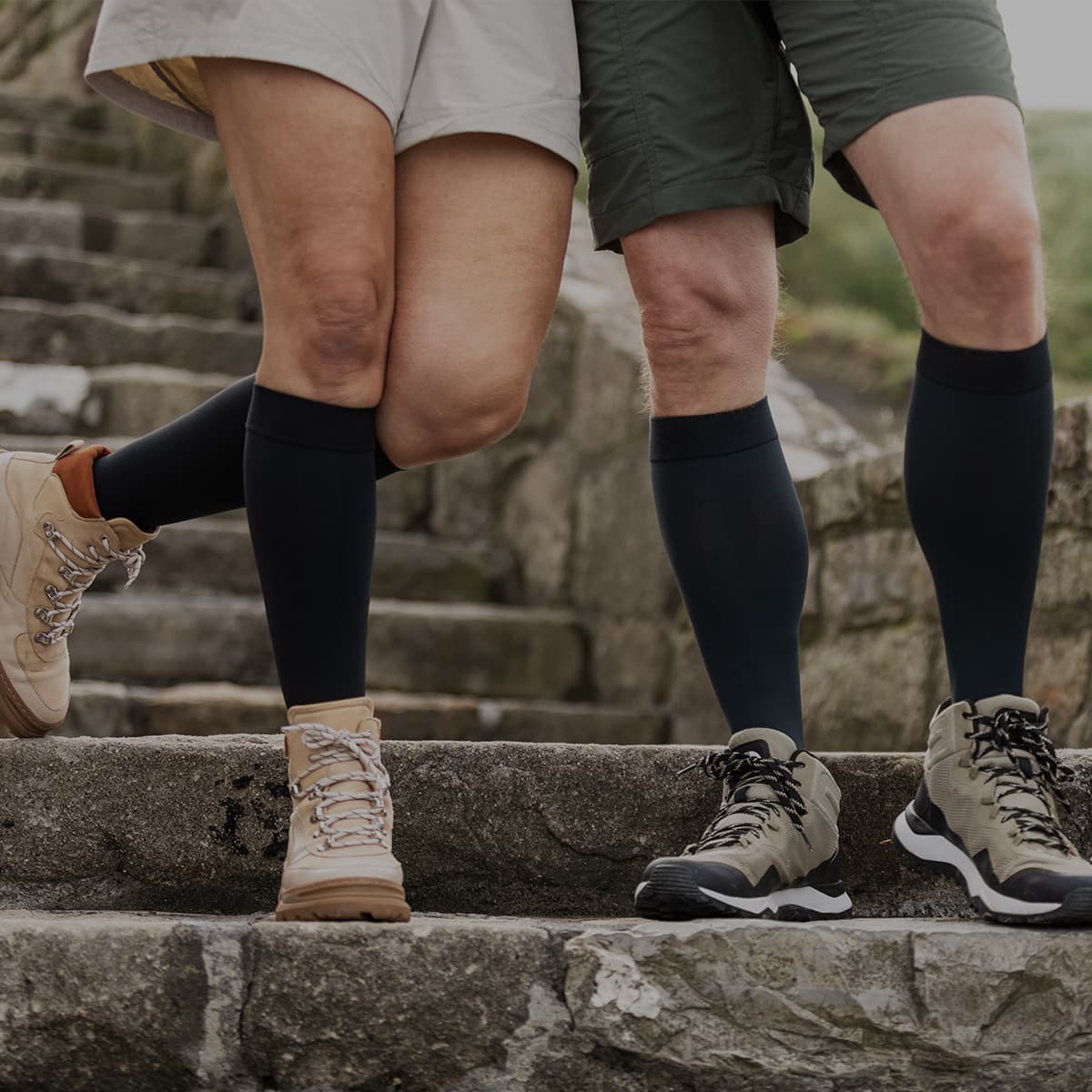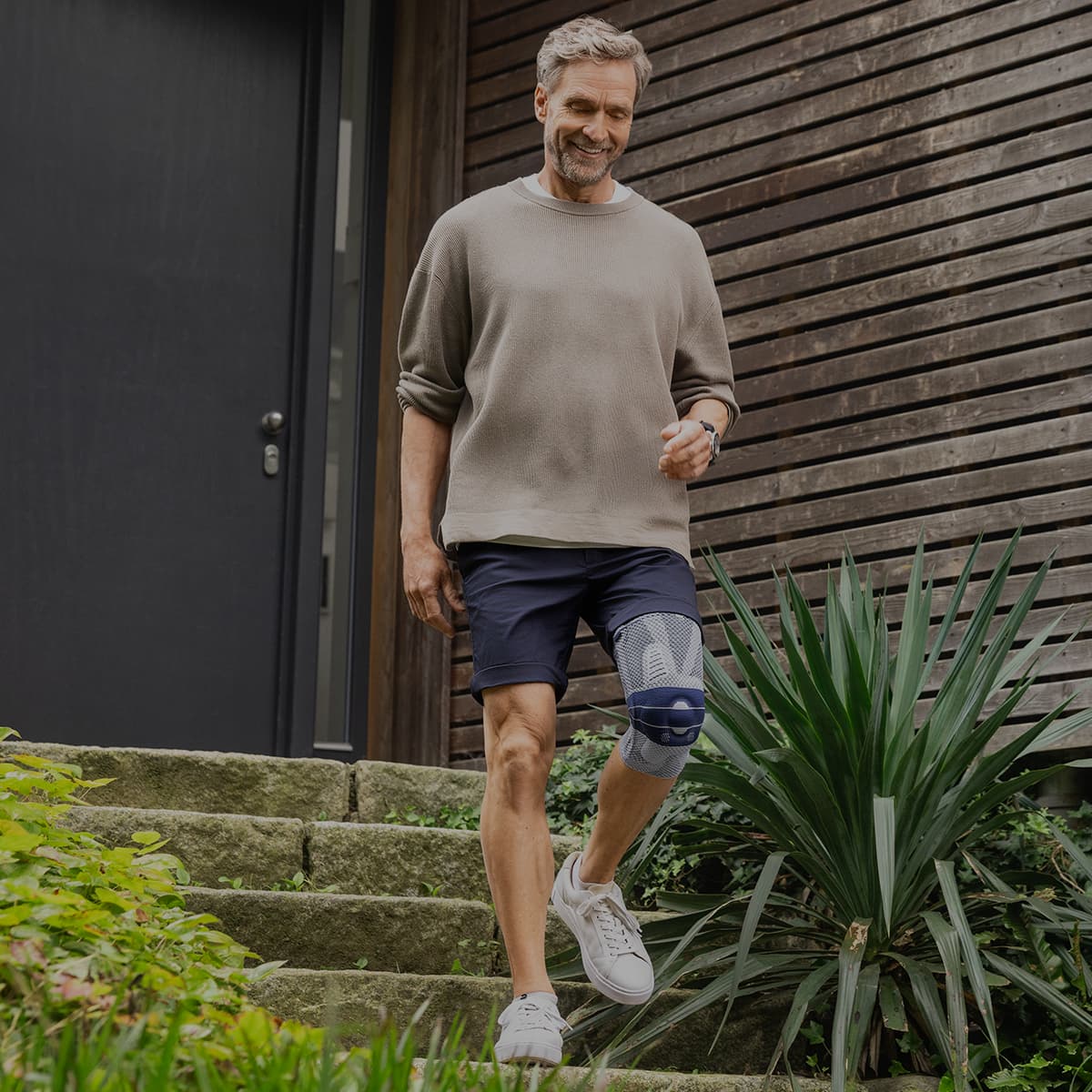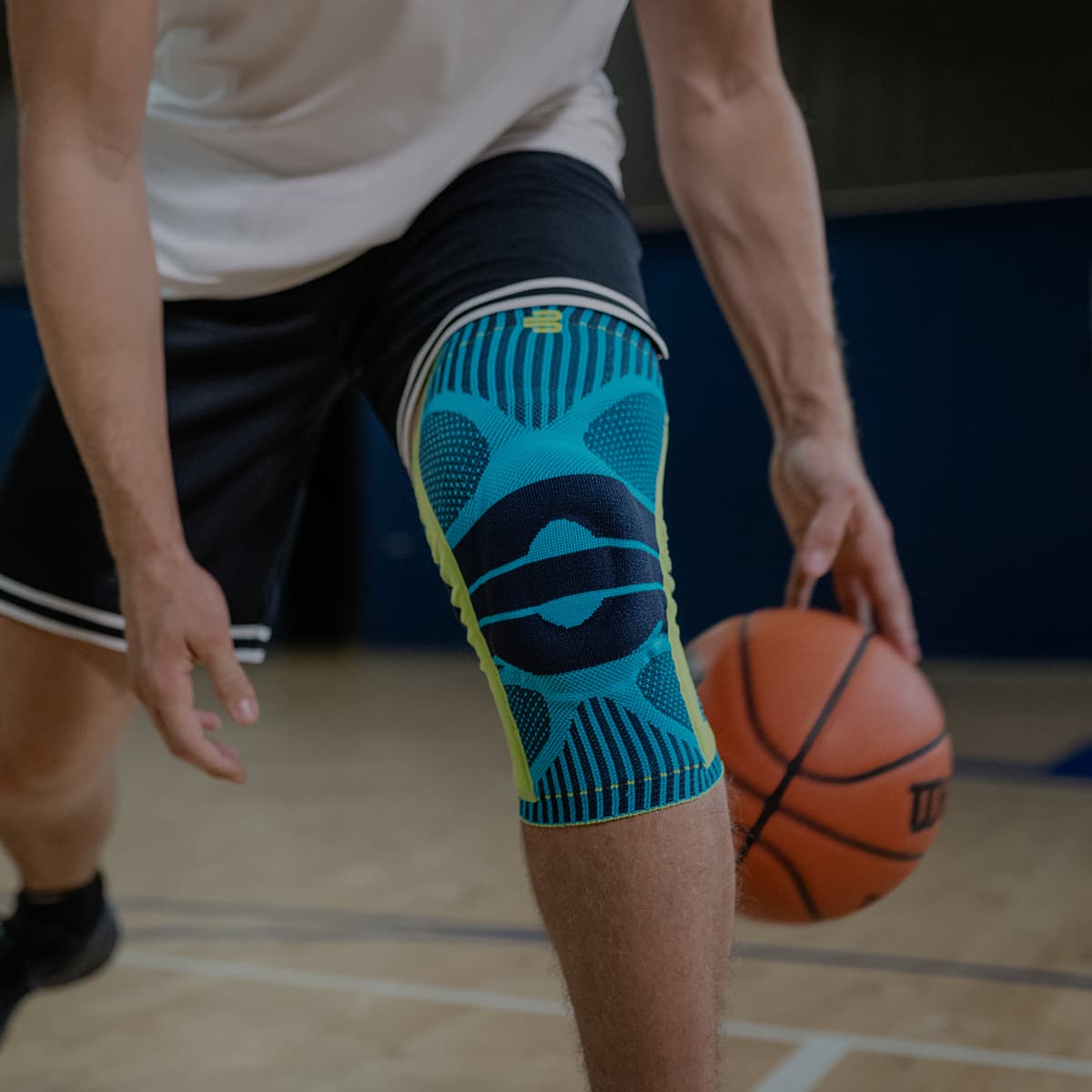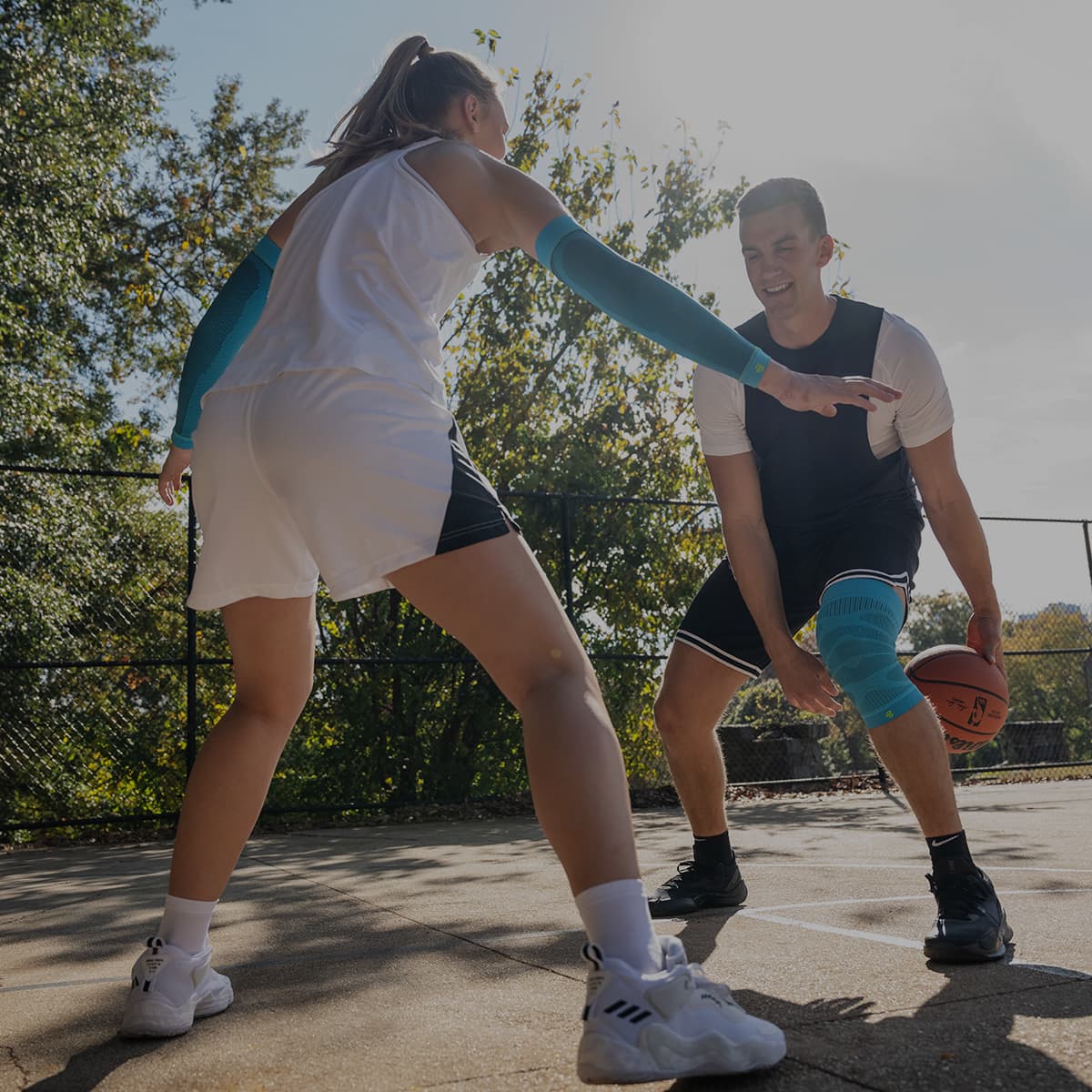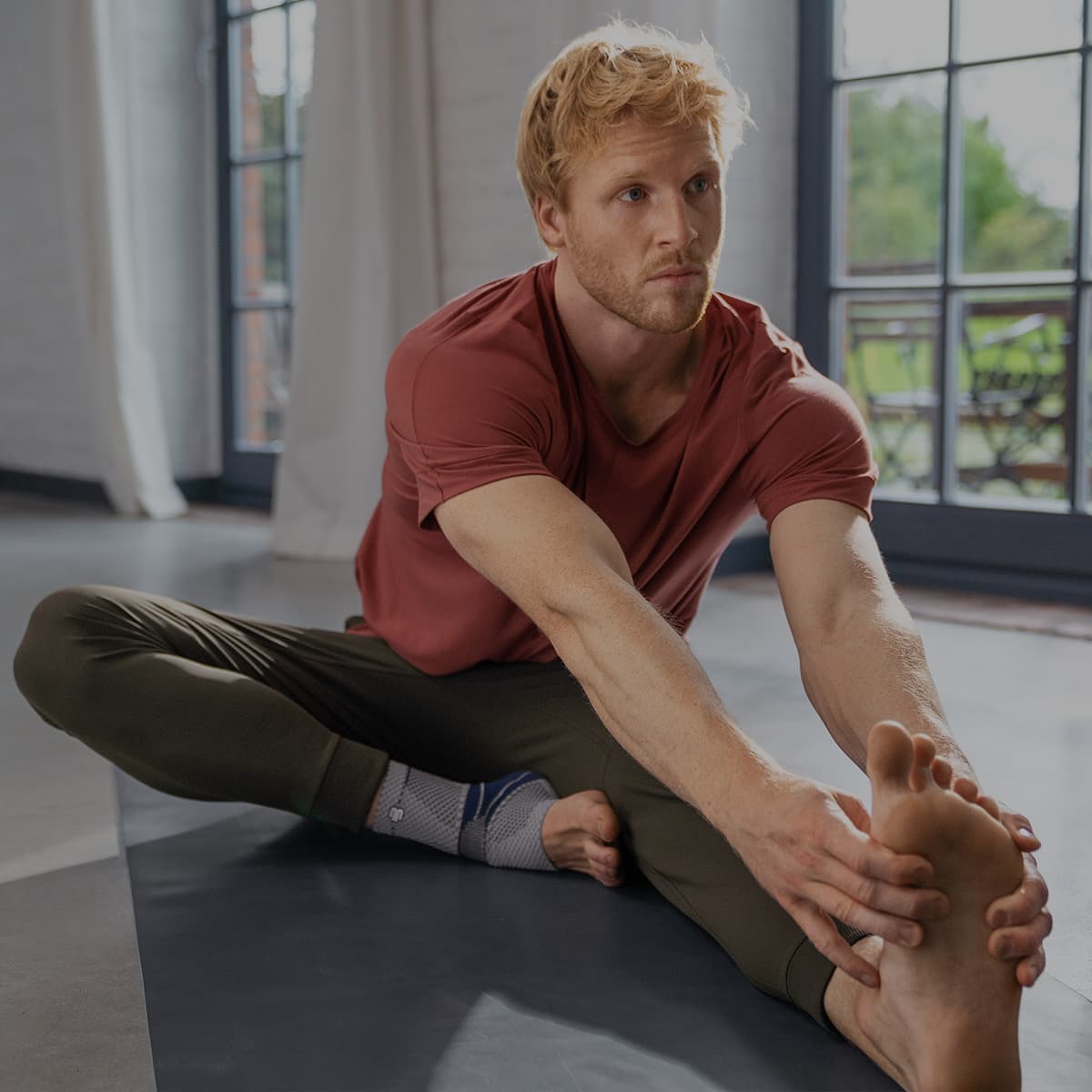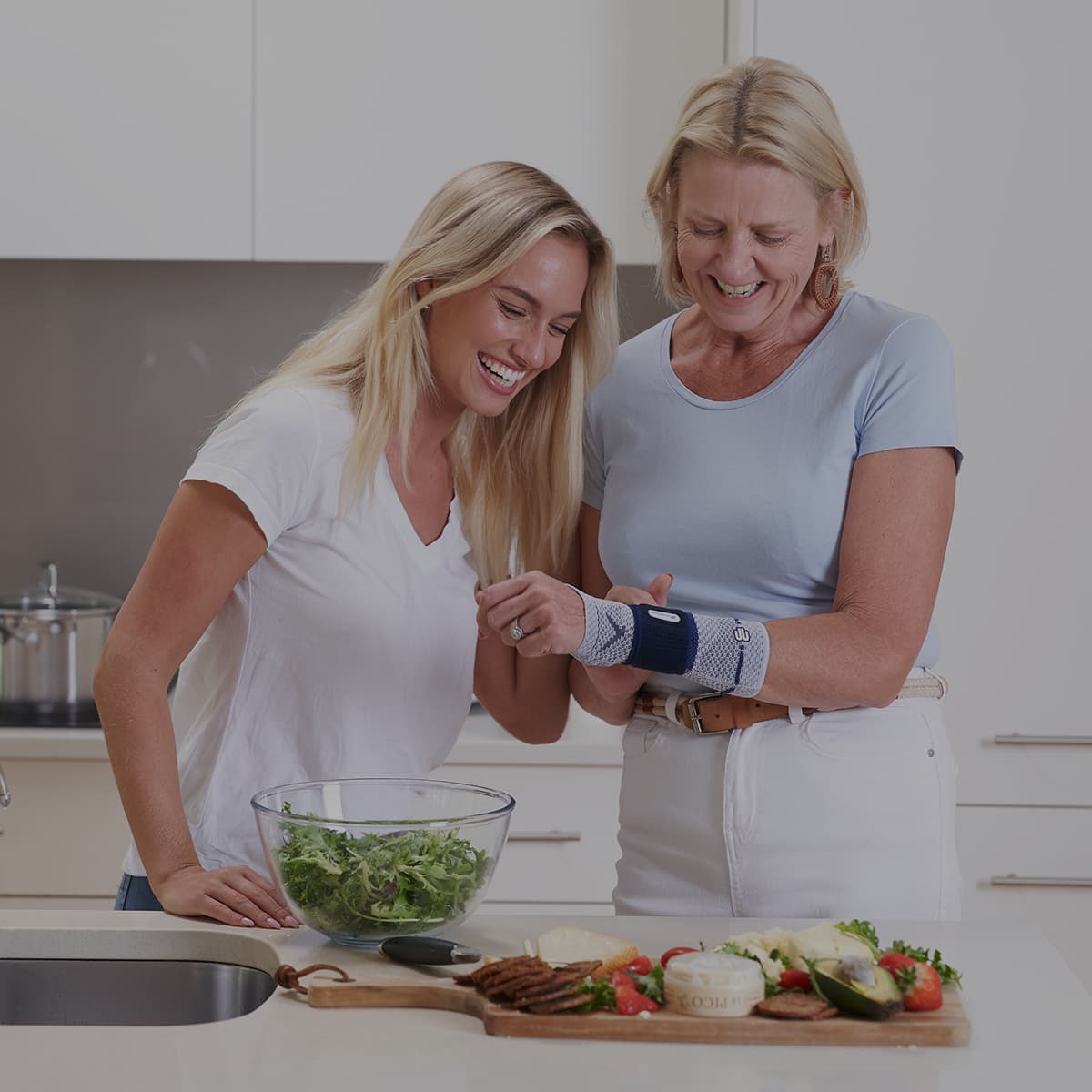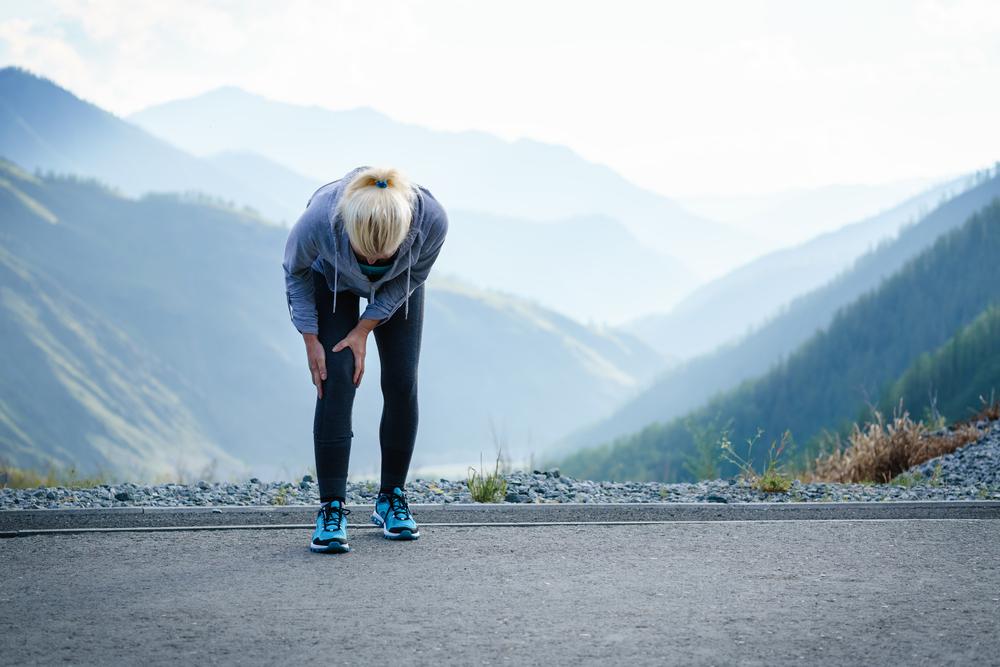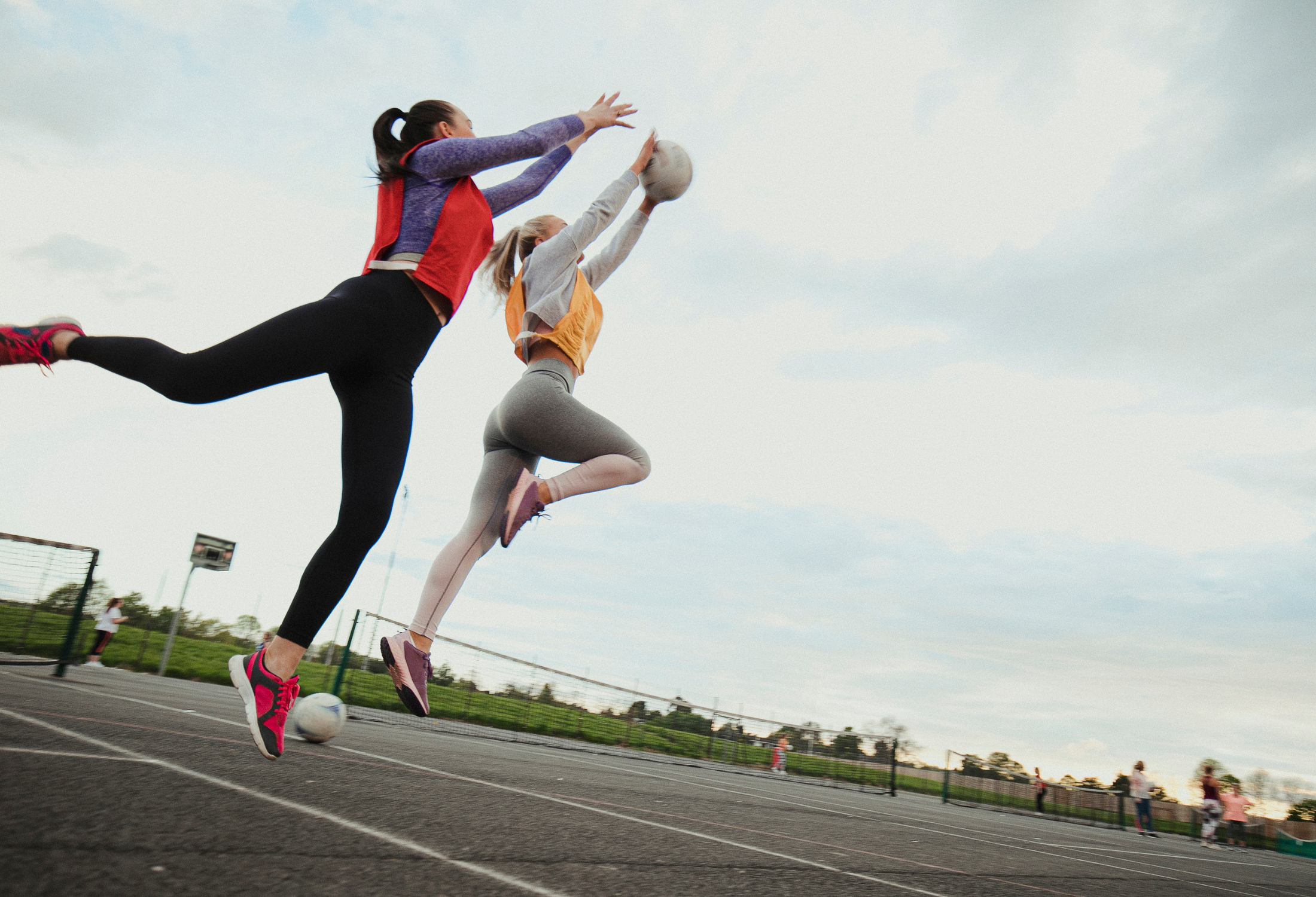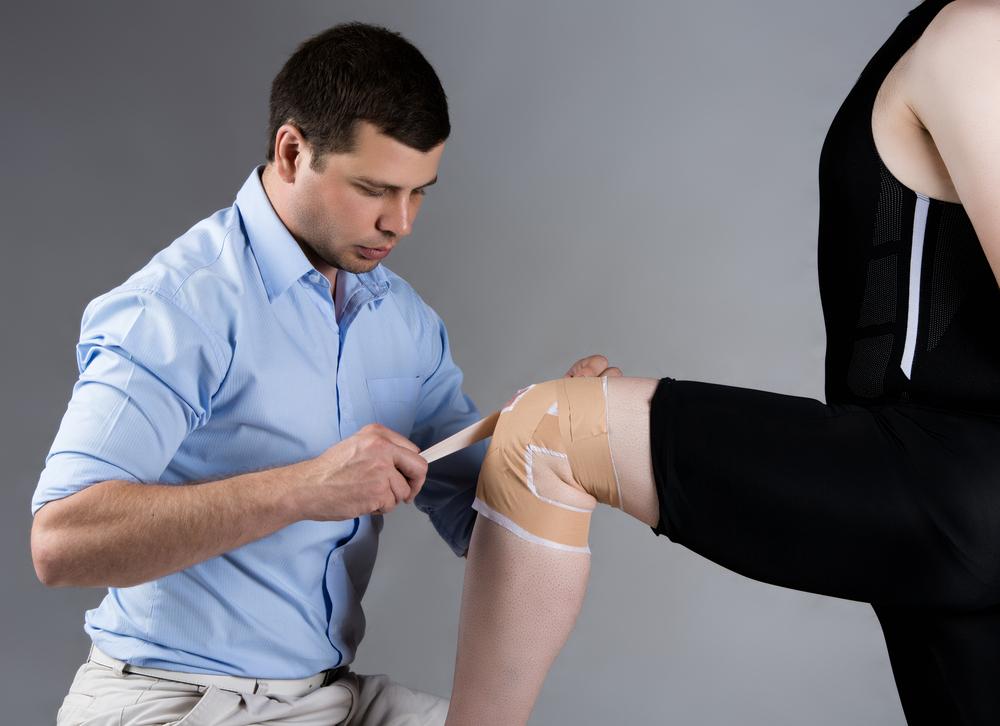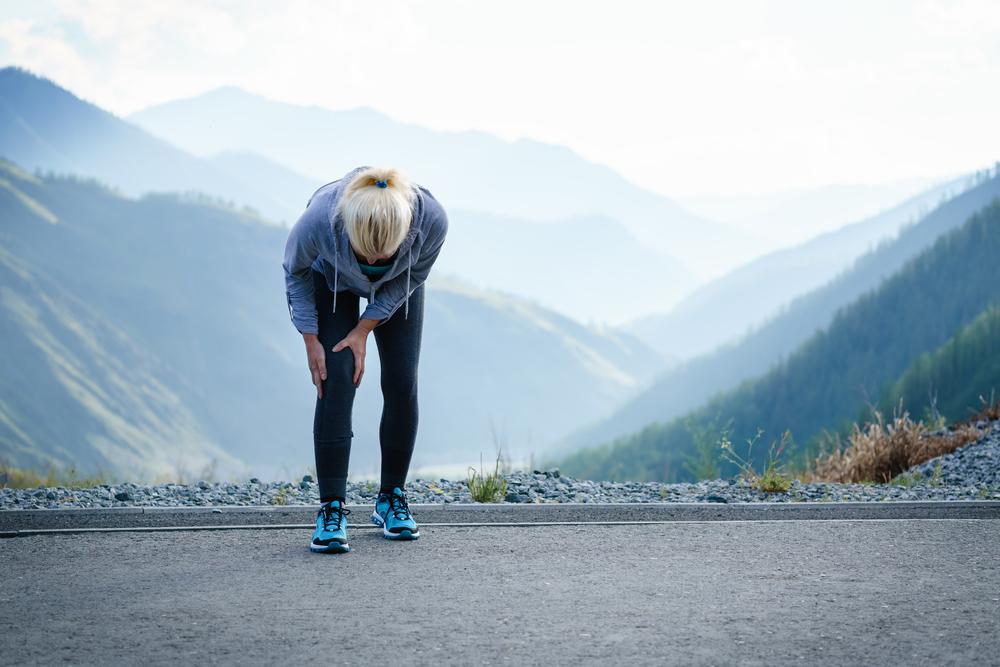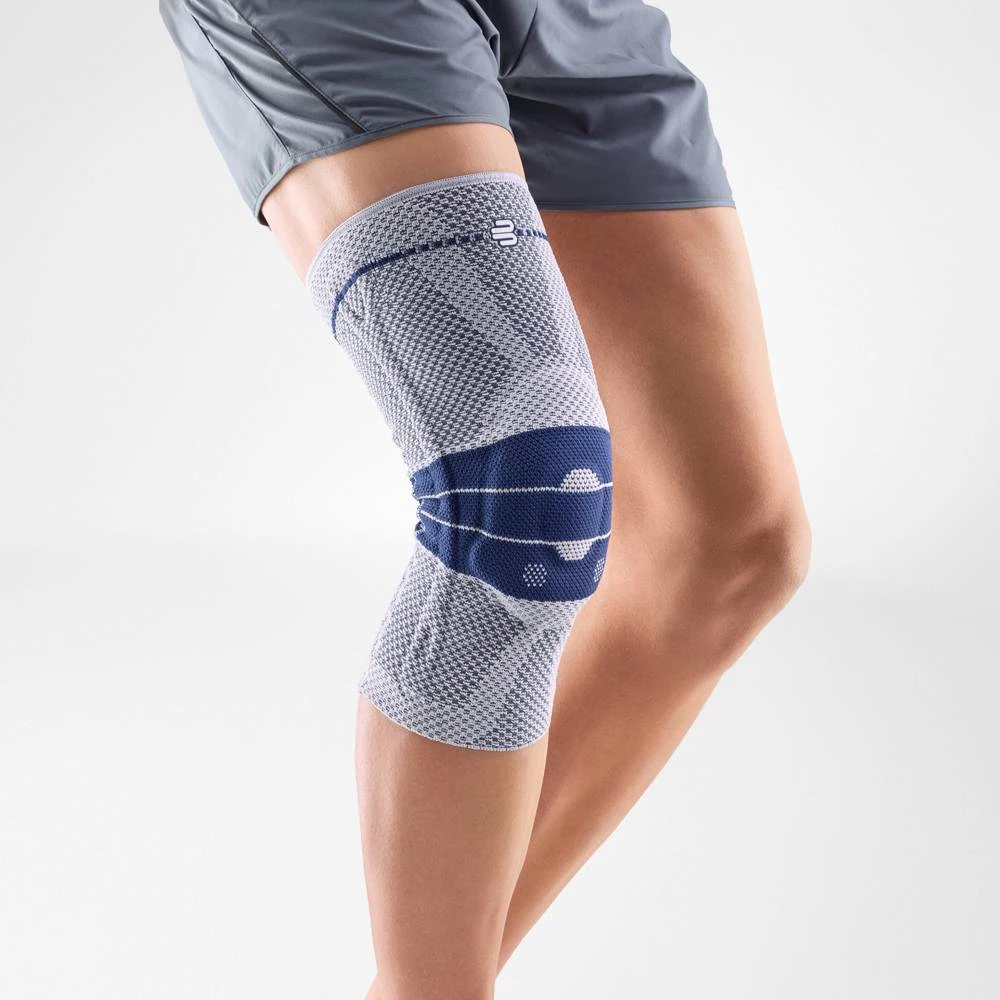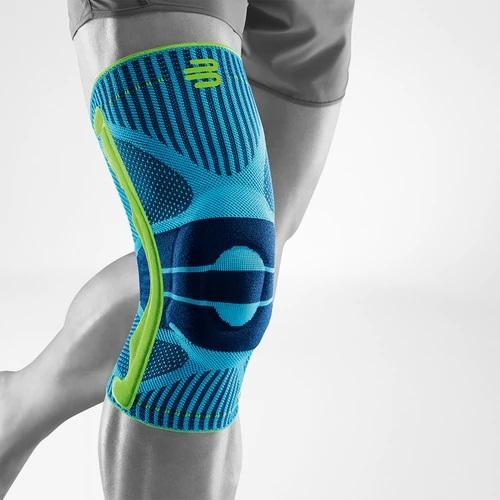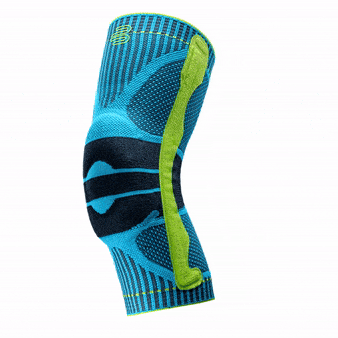When it comes to knee pain, almost everyone has dealt with it in some way, whether it’s a little niggle now and then or constant pain. While serious issues should always be discussed with your doctor, there are plenty of things you can do at home to take care of the knee pain.
Here are seven home remedies to reduce knee pain.
1. Exercise and strengthening for the knee
Regular exercise has an enormous range of health benefits, especially for the knee. Walking, swimming, and stretching daily help delay the onset of osteoarthritis, strengthen the joints, and improve the healing of any existing injuries or issues.
Targeted strengthening of the muscles around the knees can further reduce the strain on your joints.
2. Weight loss and diet
Being overweight or obese puts you at an increased risk of knee pain and injury due to the additional strain on the joints. Combining a healthy diet with regular exercise will help you lose weight and improve the general health of your joints. It is also a great long-term way to reduce knee pain.
Find out more: Losing weight and managing knee pain.
3. Using the RICE when the knee is in pain
As far as home remedies for knee pain go, RICE is a great method for treating almost any injury:
- Rest – take any weight off the joint and avoid strenuous movement.
- Ice – Use ice or a cold compress when pain occurs to minimise inflammation. 20 minutes on, 20 off.
- Compress – Use bandages or a compression garment to minimise pain and swelling.
- Elevate – When resting, place a cushion under the knee, reducing the pressure on the joint.
4. How posture impacts the knees
Your posture affects the health and feeling in your joints, especially your ankles, knees and hips. By practising good posture while sitting, standing and exercising, you can greatly reduce any pain in your knee joints. Some simple ways to easily improve your posture are:
- Strengthening your core. Sit-ups and crunches help to stabilise the lower spine.
- Wear supportive shoes and insoles.
- Ensure your workspace is ergonomic and supportive.
- Practising regular stretching at the desk.
5. Soothe the knee
A massage is one of those home remedies that you can also pretend is a relaxing self-care treatment.
Massaging the joint itself can help to relieve pain. Here’s a guide on how to quickly and easily massage the knee yourself:
- Gently bunch your hands into fists, press against the upper, lower, and middle thigh 10 times with both hands, repeating this three times.
- Sitting with your feet flat on the floor, place the heel of your hand on the top of your thigh and glide it as far as the knee, then release. Repeat this five times. Do the same on the outside and inside of your thigh.
- Press four fingers firmly into the knee tissue, moving up and down five times. Repeat all around the knee.
- Place the palm of your hand on top of your thigh, glide it down the thigh, over the knee and back up the outer thigh.
This is good for general knee pain, but not advised in cases of arthritis. Another thing to do is soothe the muscles by taking a hot bath in Epsom salts. This will ease tension in the muscles and reduce any inflammation.
6. Wear a knee brace or support
Another way to soothe the knee, protect it while recovering from injury, and prevent re-injury is to wear a knee brace or support, such as the GenuTrain.
The GenuTrain knee brace features a new and improved massaging gel pad. This gel pad has integrated massage points that help relieve pain in the patella tendon and meniscus. Thin plastic stays are featured on both sides of the brace, helping to retain shape during movement.
Produced from a lighter and more comfortable weave, the GenuTrain Knee is designed to be worn all day. Gradient compression is also engineered into this lightweight knit material to promote blood circulation to the knee joint, helping to reduce swelling.
Featured below: the GenuTrain knee brace.
6. Herbal ointments and remedies
Many have argued the effectiveness of herbal ointments, essential oils, and natural supplements. Studies show that using natural supplements like ginger, turmeric, and cinnamon or drinking diluted apple cider vinegar can have positive effects on reducing knee pain.
Herbal supplements are particularly effective when used in conjunction with the previously mentioned exercises and lifestyle tips.
It’s essential to chat with a GP before making any changes to your knee rehabilitation or incorporating these home remedies into your treatment plan.
7. Tai chi and yoga for knee pain
Tai chi and yoga are ancient forms of exercise that focus on balance and flexibility. Studies have shown that regular practice of both can help minimise knee pain, improve range of motion, reduce stress, and even manage chronic pain.
Try this: Yoga for sensitive knees.

